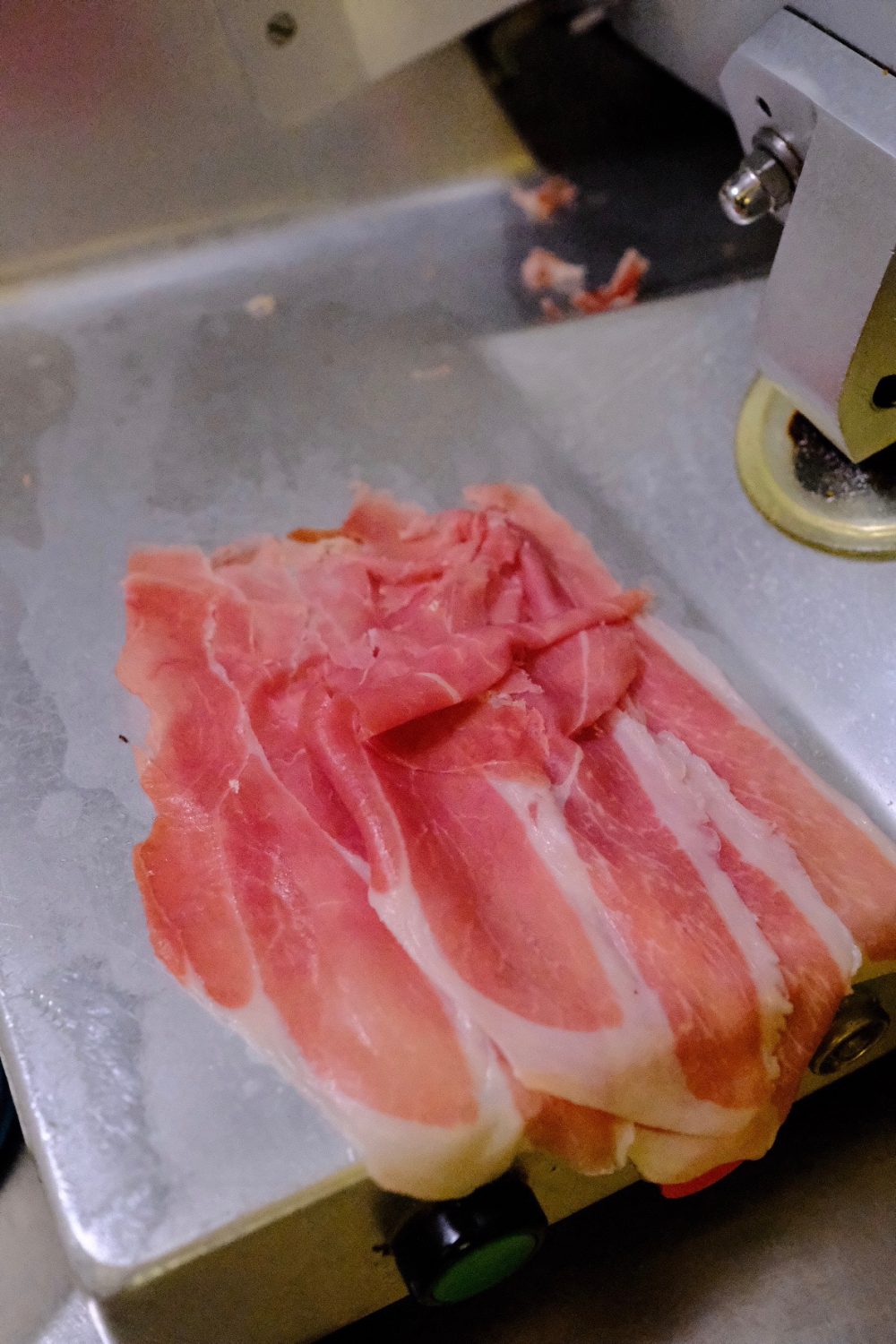Over the years, I have been given dozens of cooking lessons, from scallion pancakes in Taipei to tlayudas in Oaxaca. None of them, however, started with a glass of bubbly, a chef’s apron and a bear hug until I showed up at Trattoria Bertozzi, a small eatery owned by Fabio Berti and Alessandro Gozzi on the outskirts of Bologna, the capital of Italy’s Emilia-Romagna region.
Nothing much happens in Emilia-Romagna without prosciutto, Parmesan and a glass of pignoletto—and for good reason. The local sparkling wine is soft not bitter, inviting not aggressive, and asks to be paired with good food and lively conversation, even at 10 a.m. But this was late afternoon, before evening service, so a chilled bottle appeared immediately, toasts were made, and then I was asked to cook dinner under the watchful eye of Gozzi.

The dish was the classic cotoletta alla Bolognese, a veal cutlet coated in egg and breadcrumbs, sautéed in plenty of hot oil, coated with prosciutto and grated Parmesan, placed into a fresh skillet with a bit of broth and butter, then simmered covered for two to three minutes, removed, and the sauce reduced. Simplicity often belies complexity, and this recipe is a case in point: hot oil for browning, umami powerhouses (prosciutto and Parmesan), steam for melting the cheese, and a quick pan sauce reduction to finish.
Back at Milk Street, we did not have pignoletto, but we did have the other ingredients, though we switched out veal for chicken. (I pray that Berti and Gozzi will forgive this transgression in the spirit of international relations.) We also reduced the amount of cooking oil so that the entire recipe can be made in one skillet. After the initial browning, butter, garlic and water are added to finish cooking; the sauce is reduced with the cutlets in the pan, and a dash of lemon juice completes the dish.
My evening at Trattoria Bertozzi taught me that the Italian kitchen may be more casual than the French “brigade,” but the cooking is no less purposeful or delicious.




